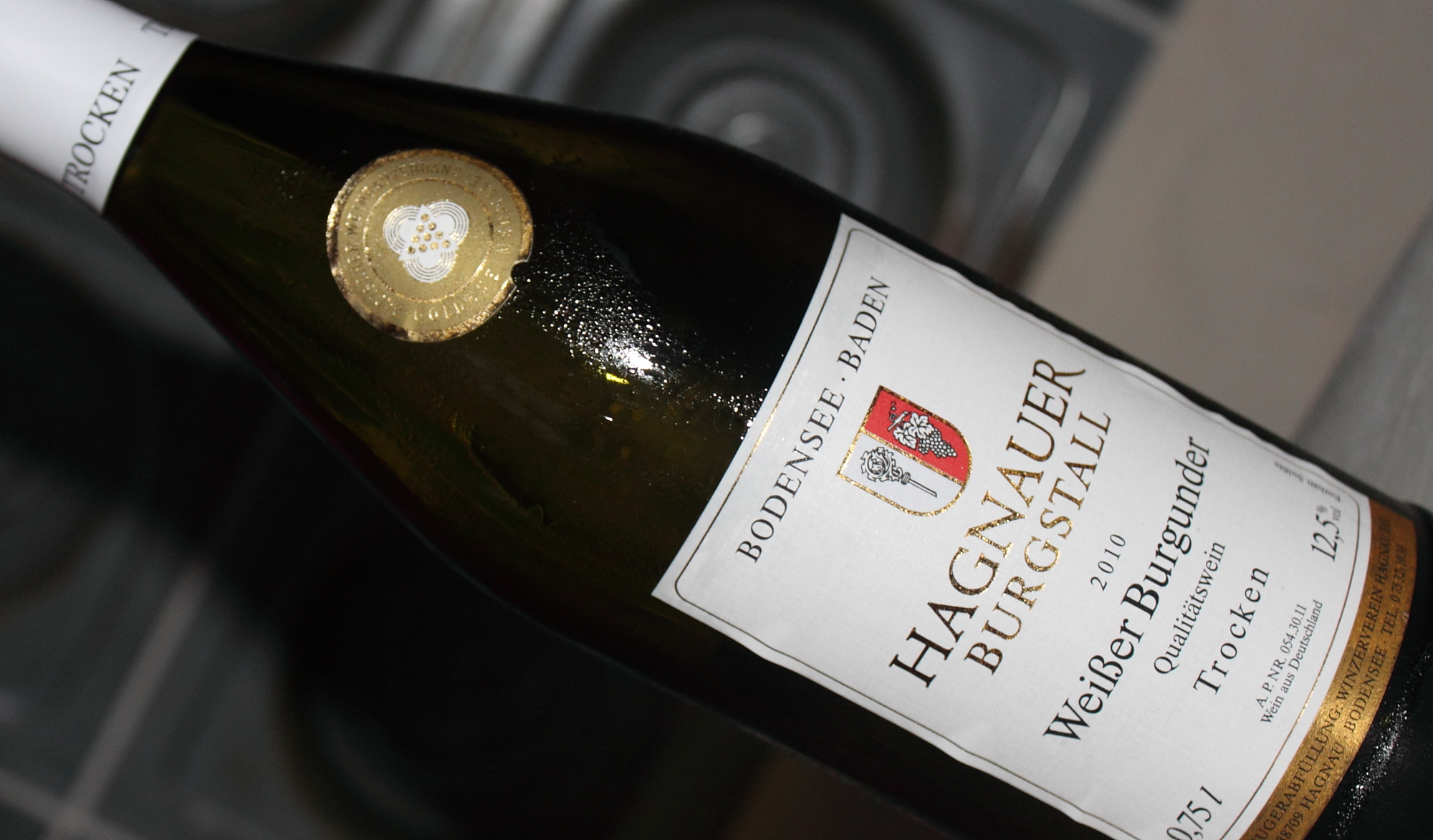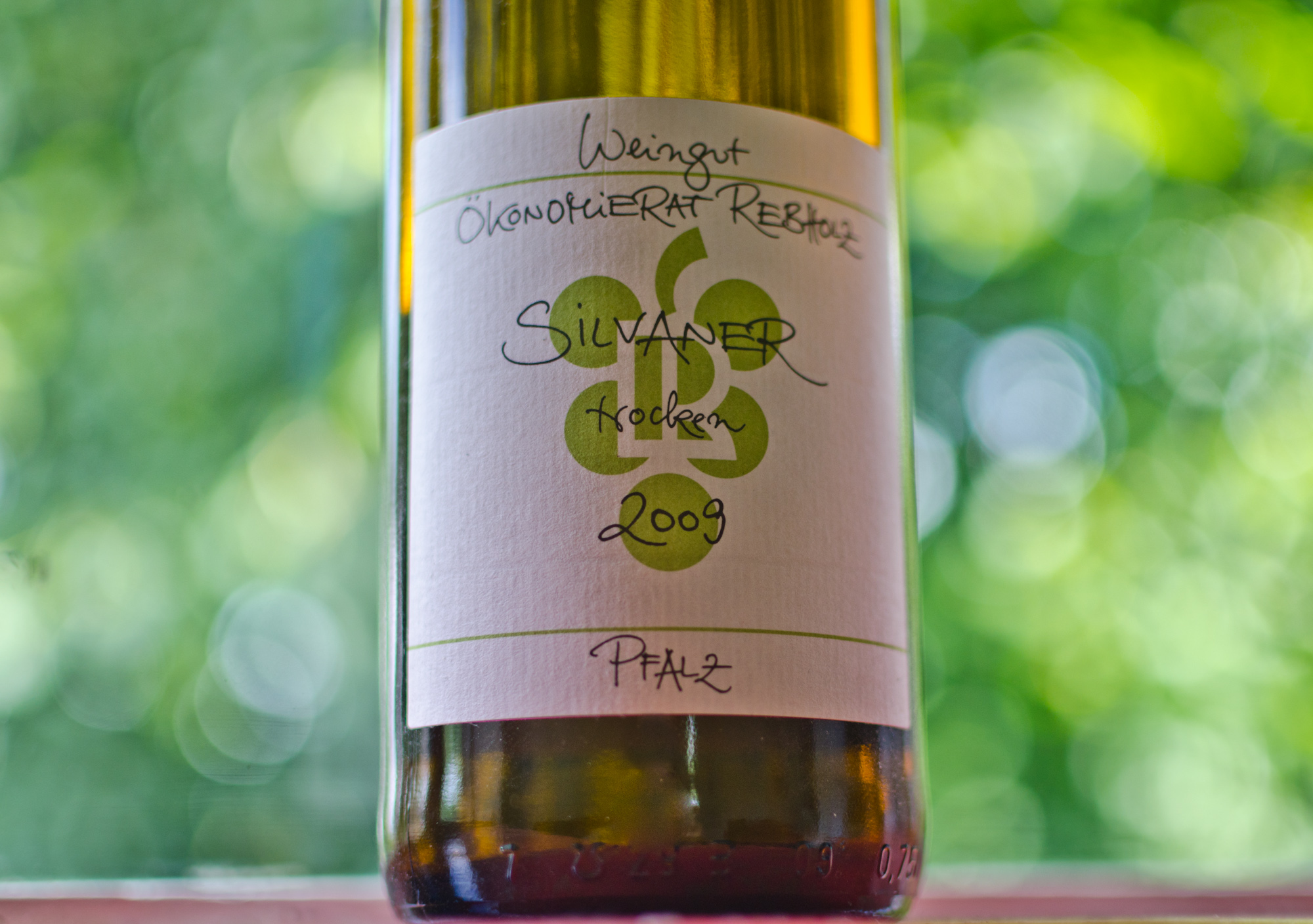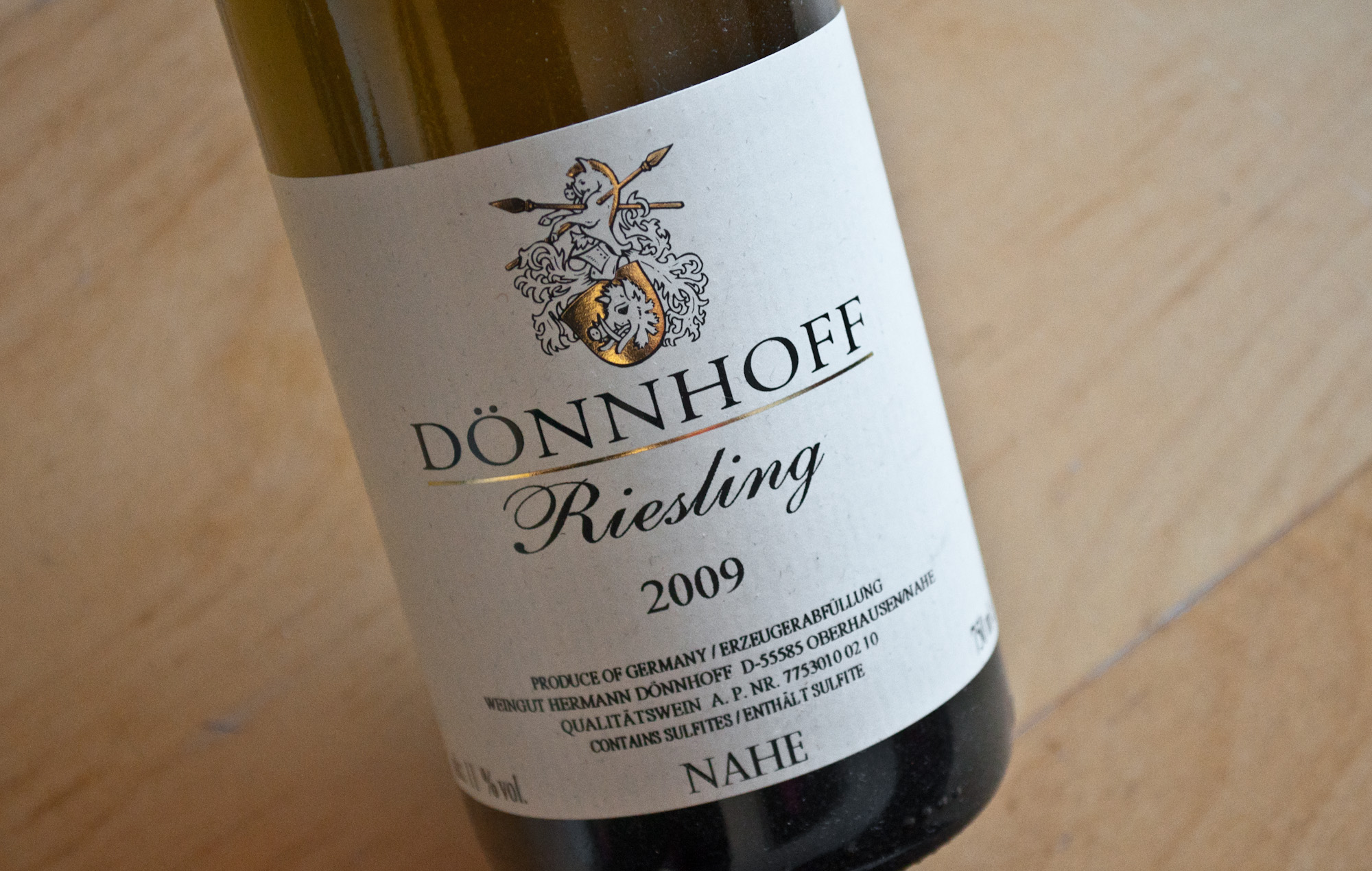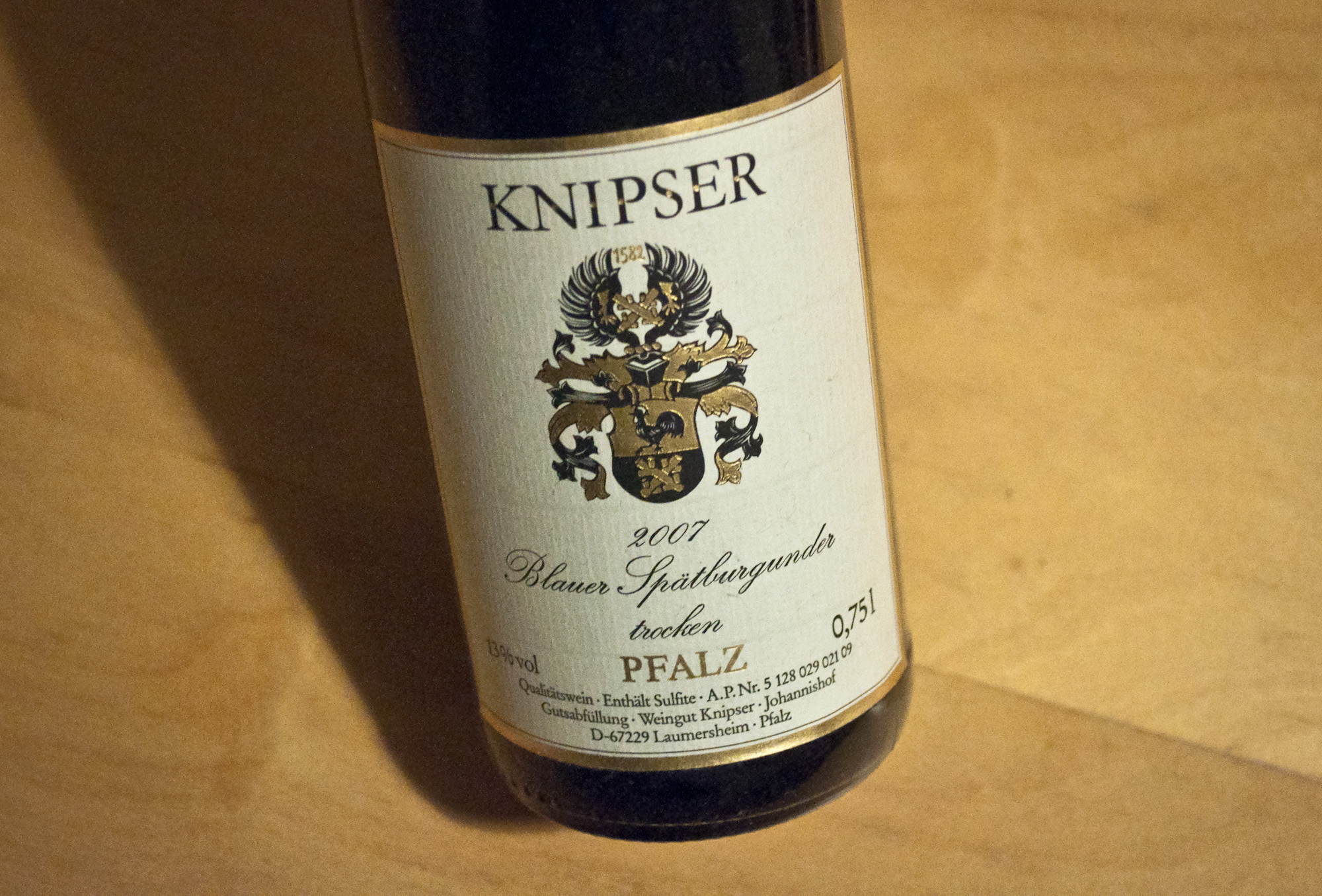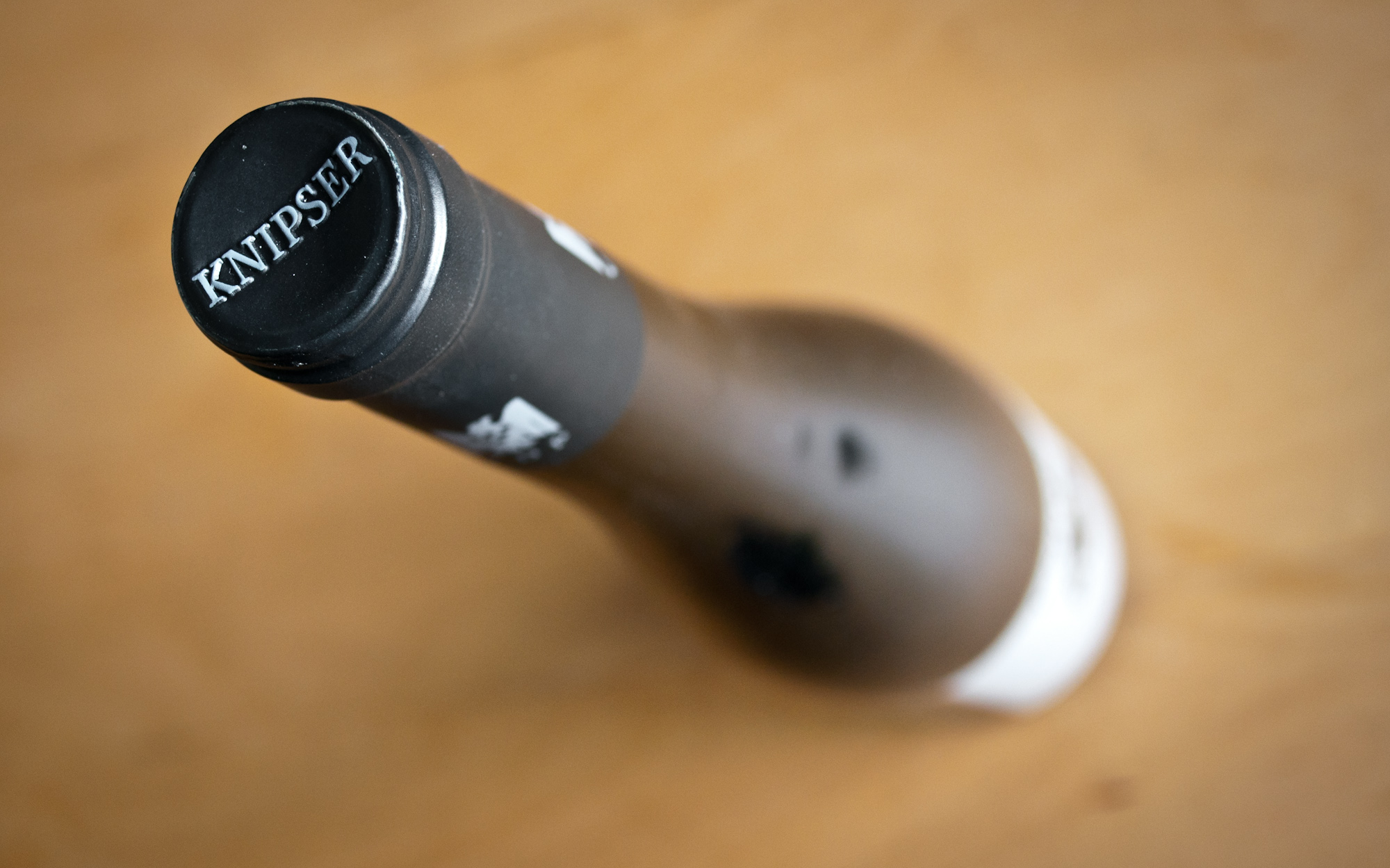Weinhof Herrenberg, Riesling 'Saartyr', 2008
If it isn't overly original of a German wine blog to bring you another Riesling review, then this one is at least as close to the heart of this whole enterprise as you're ever going to get. We bring you what is, despite our previous coverage, arguably the best unknown Riesling producer anywhere: Weinhof Herrenberg, the jewel of the river Saar. Please also note this outstanding micro-winery's fondness for bad puns. In Claudia and Manfred Loch, we salute two kindred souls.
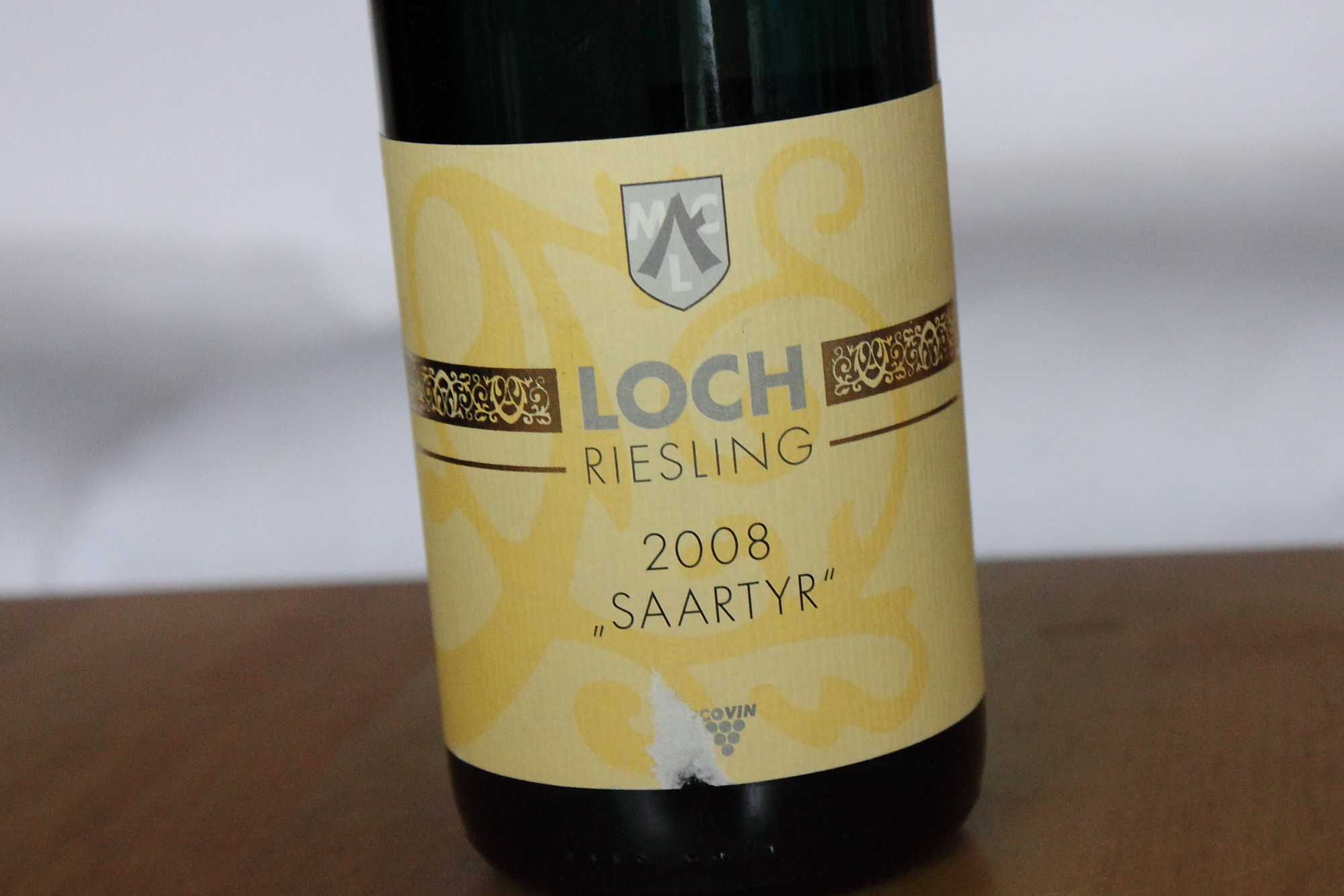
And we duly salute this 2008 offering:




